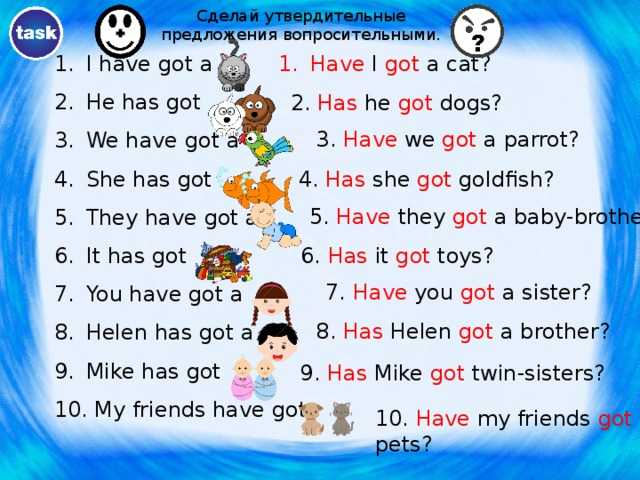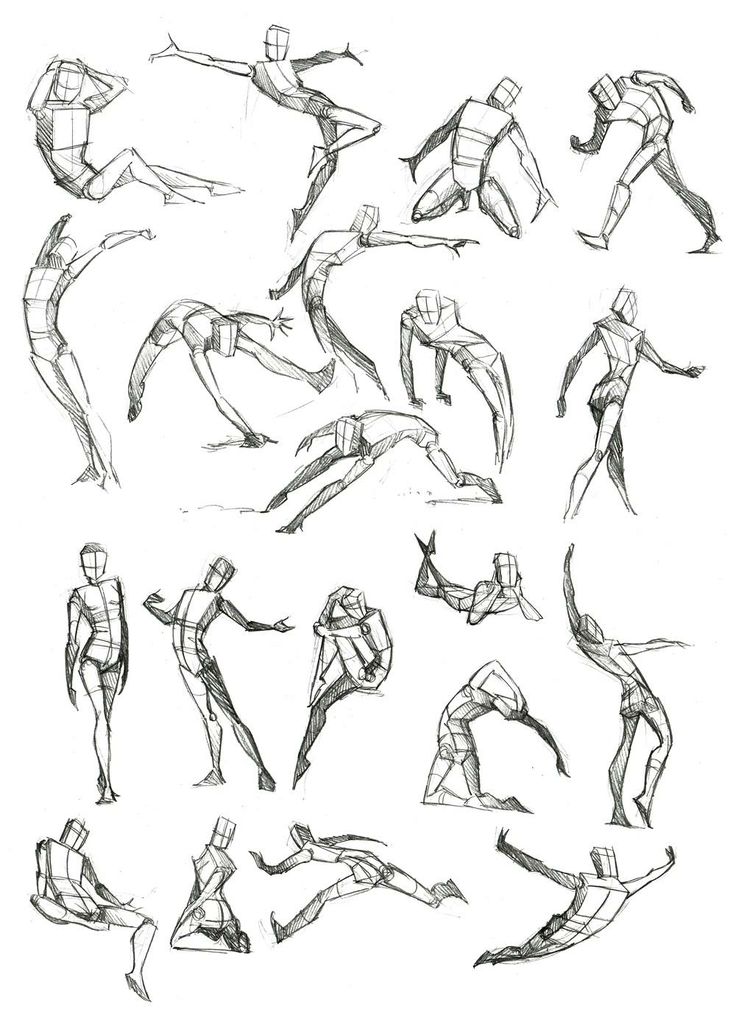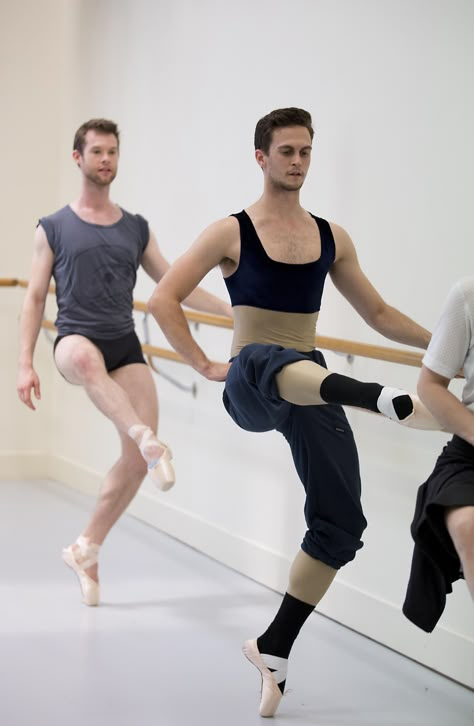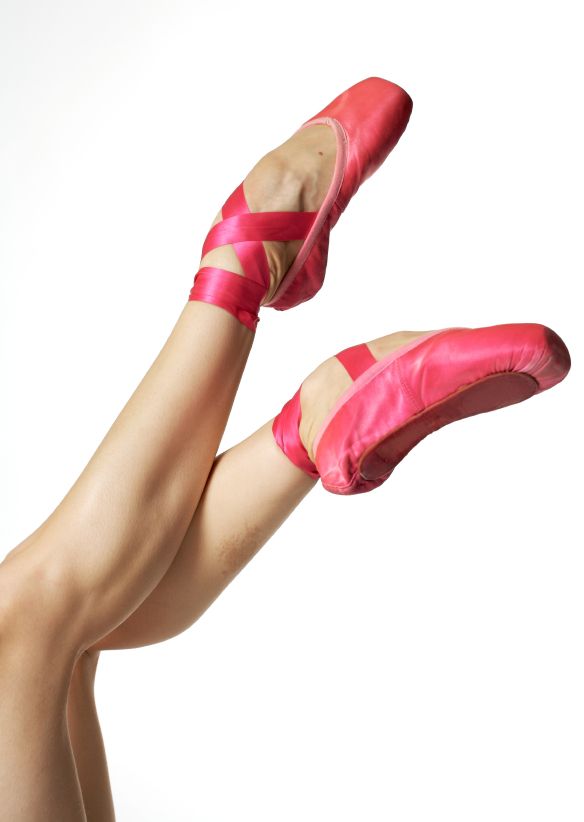How to do the bird dance
Bird Dance Moves. Courtship never looked so cool | by U.S. Fish and Wildlife Service | Updates from the U.S. Fish and Wildlife Service
Birds are performers. They sing. They dance. They have great moves. We just have to acknowledge that. Their courtship dances aren’t even limited to the dance floor- they display in the air, on water, in trees, and yes, of course on the ground. These choreographed performances are done in an effort to win over mates and strengthen pair bonds. They can be synchronized or performed as solo acts. They are as intricate as they are fun to witness.
We’ve selected a few moves that we think you should try next time you’re grooving on the dance floor.
Left: Greater Sage-Grouse performing a strut by USFWS. || Right: American Woodcock strutting by Keith Ramos/USFWS.Western and Clark’s grebes perform a water walk called “rushing” where they skirt across the water. With their feet splayed and moving about 20 steps per second, they can avoid sinking and resemble water skiers in perfect step.
Perform these moves: Don’t try this one unless you’re on land. Step quickly and shuttle across the dance floor like a water walking grebe. Make sure you’re in-step with your partner.
Western Grebes dance on top of the water at Bear River Bird Refuge. By Wayne Watson/USFWS. || Clark’s grebes perform their splashy courtship dance. By Dave Menke/USFWS.Puffins have several mating dance moves, but we’ll focus on one called “billing”, where they rhythmically clash bills. This ritual begins when one puffin approaches their mate swinging their bill from side to side. Sometimes they’ll appear to lightly nibble the bills, but for the sake of dancing, this is irrelevant.
Perform these moves: For the sake of this dance, pretend your nose is a bill. Proceed with caution and only perform with a partner you already know. May not be suitable for children.
Left: Atlantic puffins billing / USFWS. || Right: Tufted puffins billing at Haystack Rock, which is part of the Oregon Coast National Wildlife Refuges. Tufted puffins are most visible at Haystack Rock from April through early July. Video shared courtesy of Karen Gartland Murray.
Tufted puffins are most visible at Haystack Rock from April through early July. Video shared courtesy of Karen Gartland Murray.A number of birds perform a “strut” of some kind as part of their love dancing. We’ll highlight the moves of the American woodcock and greater sage-grouse due to their variations on the strut.
American Woodcock perform a “sky dance” as their primary mating dance, but leading up to the show, they also have a great strut.
Woodcock strutting video by Keith Ramos/USFWSWoodcocks are in the family Scolopacidae, and most members of this family perform some form of aerial display. When they rock their bodies forward and backward they shift their weight from foot to foot. It’s thought that the vibrations from this motion may prompt earthworms to move underground, as well as look cool.
Perform these moves: Shift your weight and rock back and forth while bobbing your head. These moves work with a surprising number of songs.
Groups of male greater sage-grouse like the one pictured above, choose a gathering place, called a lek, where they dance, strut and display their plumage to attract females.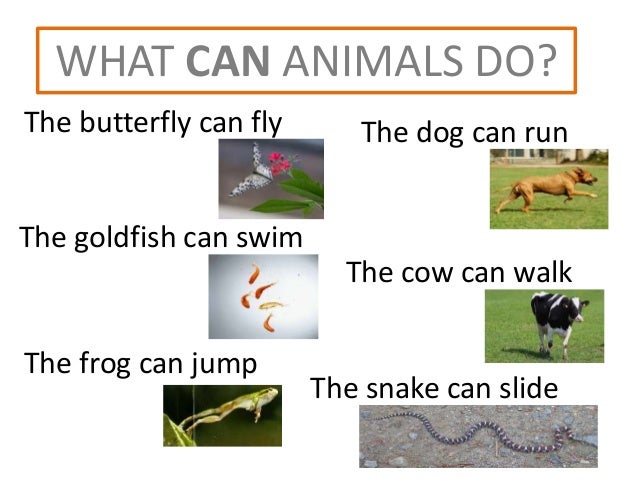
Perform these moves: This move is not for beginners. Perform a belly roll and move in slow motion as you move across the dance floor.
Greater sandhill cranes in the midst of their dancing displays at the Monte Vista Crane Festival. Kate Miyamoto/USFWSDancing is an important part of the crane courtship process. Their dancing consists of bowing, jumping, head swinging, and wing spreading. They may even even throw small items into the air and call out. Entire groups may join in the dancing but the group dancing may stop just as quickly as it began (think flash mob). Sometimes after the show, the cranes go back to feeding as if nothing had happened.
Perform these moves: Break into dance instantaneously. Alternate between bowing and jumping on the dance floor, but make sure you’re synchronized.
Each year, albatross return to the same nesting site to meet their mate. They spend time getting reacquainted through their billing and sky-pointing after spending the rest of the year apart, at sea.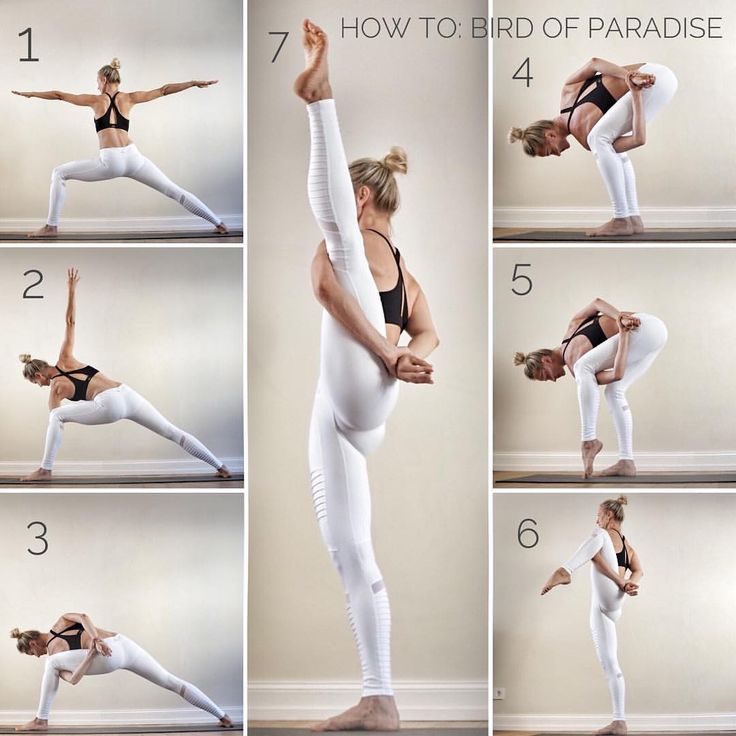
Perform these moves: Stand to face your partner, count off, stare directly at one another for 2 seconds and then point to the sky.
While many of these dancing rituals happen during courtship, they can also take place at other times of the year. There’s a lot we don’t know about how or why birds dance, but it does seem to strengthen their bond. We have so much to learn about the animals with which we share the world.
We’ll keep learning, but in the meantime — what’s stopping you from dancing like the birds?
Black-footed albatross pair. Dan Clark/USFWSBy Danielle Brigida, U.S. Fish and Wildlife Service National Social Media Manager
How to Train Your Bird to Dance
Dancing is one of the funniest and easiest tricks to teach your bird. This behavior comes naturally to many of our feathered friends, with highly intelligent birds such as cockatiels and parrots among the easiest to train.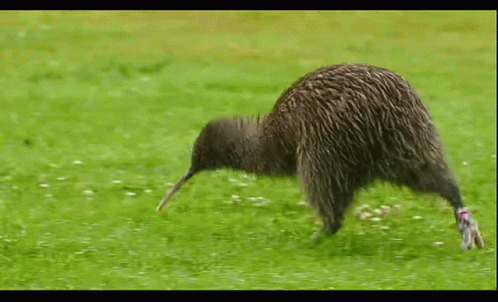
Not only will teaching your bird to dance be entertaining, but it will also offer your pet some extra exercise and mental stimulation, both of which can improve its overall health.
-
01 of 06
Choose an Appropriate Training Space
Juana Mari Moya / Getty Images
Before you begin to teach your bird any sort of trick, it's important to take the time to choose the best area of your home to use as a training space. Birds can respond differently to training depending on their level of comfort with their surroundings, so it pays to select an area that your bird will view as non-threatening and safe.
Quiet, non-cluttered rooms generally make the best choices, preferably away from the majority of household foot traffic.
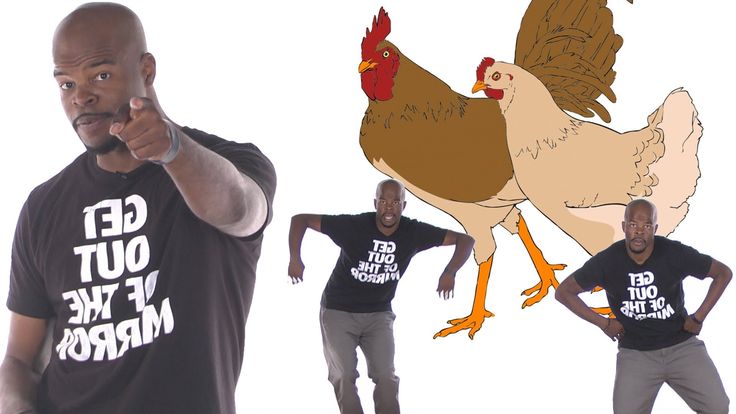 Eliminating as many distractions as possible will help keep your bird on track during your training sessions.
Eliminating as many distractions as possible will help keep your bird on track during your training sessions. -
02 of 06
Select Upbeat Music
PeopleImages / Getty Images
By nature, birds are geared to respond to sound, so it's no wonder that so many seem to enjoy hearing various types of music. When teaching your bird how to dance, try to choose a fun, upbeat tune to train your bird with. Rhythmic songs with medium to fast tempos tend to encourage most parrots to get moving quickly.
Don't be discouraged if your bird doesn't seem to appreciate your musical choices, just keep trying different types of music until you find something that your bird seems to respond to.
-
03 of 06
Set an Example for Your Bird
Hero Images / Getty Images
It sounds like a silly idea, but sometimes birds learn best when they are given an example. If your bird doesn't seem to be getting the hang of dancing on his or her own, it may be necessary for you to step in and give your pet a demonstration.
 Turn the music up and dance around to show your bird how fun it can be. Many times this will excite parrots to the point that they will start dancing along with you before they even realize what they're doing.
Turn the music up and dance around to show your bird how fun it can be. Many times this will excite parrots to the point that they will start dancing along with you before they even realize what they're doing. -
04 of 06
Use Visual Props
Sean Murphy / Getty Images
If your bird still doesn't dance despite your best demonstrations and other efforts, then you may consider showing your pet some videos of other birds "cutting a rug." Make a playlist of your favorite dancing bird videos to share with your pet. Birds generally love watching other birds, and usually, they will emulate what they see. This can be one of the quickest ways of encouraging your bird to dance or perform an array of other tricks and behaviors.
-
05 of 06
Reward Progress
Elena Kovalevich / Getty Images
As with all training exercises, it's important to reward your pet for any progress it makes toward learning the behavior that you're trying to teach.
 Even if your bird isn't a full-blown dancing machine after the first few training sessions, rewarding progress in increments is key to helping your pet understand the behavior that you want them to learn.
Even if your bird isn't a full-blown dancing machine after the first few training sessions, rewarding progress in increments is key to helping your pet understand the behavior that you want them to learn. Keep some tasty bird treats on hand while training to make sure that your bird stays engaged and interested in what you are doing. Using treats to keep training sessions fun will help your bird learn more quickly and easily over time.
-
06 of 06
Problems and Proofing Behavior
Bill Killillay / Getty Images
Since dancing is a behavior that comes naturally to most pet birds, it's a little different than teaching a behavior like singing or talking. If you're having difficulty getting your bird to dance on cue, keep trying different kinds of music. Try leaving the music on when you're not around (at a reasonable volume, of course) so the bird doesn't feel any performance anxiety. Most birds will figure out how to get their groove on with some patient encouragement from you.

Dancing with cranes | Publications
Articles of Vokrug Sveta magazine
He helps them hatch from the egg, singing strange melodies at the same time. Teaches them to eat and find food, to be afraid of enemies. And when the time is right, he turns into a flight instructor. Such is the work of Ryoi Takahashi, a man who long ago learned the language of the Japanese cranes, the messenger bird between Japan and the Kuriles. His language is dance.
Everything ended badly. The dog was beaten, his ears were pulled, and the embarrassed parents had to pay for the damages. He was six years old. He taught a half-grown puppy to drag dried fish hung in the air from a neighbor's garden. He showed me how to jump over the fence, stand on my hind legs, sharply grab the fish with my teeth and rush back. The rehearsals were successful, but during the operation they were caught red-handed.
Ryoi Takahashi, a man who can talk to Japanese cranes in the Kushir Marsh of Hokkaido, was a promising child.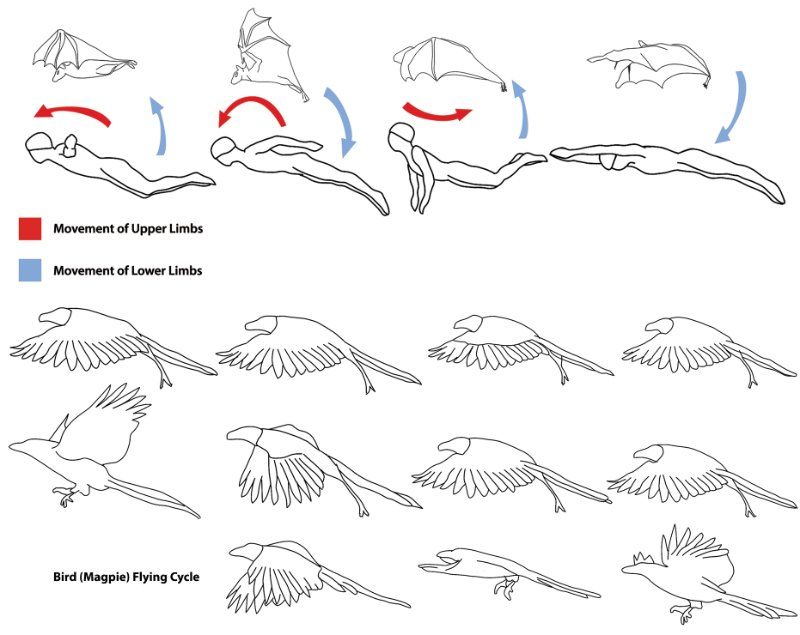 Now he is 60, and he is on “you” with the gods of the wild nature of the Land of the Rising Sun. The locals call him the "crane man" and shake their heads doubtfully: there is something magical about it. And Ryoi, recalling a story from childhood, smiles: “I have one soul with the beast, and it has always been like that.”
Now he is 60, and he is on “you” with the gods of the wild nature of the Land of the Rising Sun. The locals call him the "crane man" and shake their heads doubtfully: there is something magical about it. And Ryoi, recalling a story from childhood, smiles: “I have one soul with the beast, and it has always been like that.”
It is also strange for scholars from all over the world who come to visit him to hear that he is busy at nine, he has a meeting with Yun, the queen, and even more so to see how he kneels with humility before the angry Taro, the king, or dances in the snow in front of Yuri, the crown prince. But who is this Mr. Ryoi Takahashi, whom reporters from all over the world run after, what kind of person is he who treats the bird, the symbol of Japan, like Konrad Lorenz with Martina the goose?
His kingdom is a swampy area of 200 square meters. km, declared a national park in 1987, home to an entire population of Japanese cranes Crus japonensis. (There is also a population in China of about two hundred birds, in Russia about a hundred; several pairs living in the south of the Kuriles form part of the Japanese population). On the territory of the park, 10 hectares have been declared a reserve and fenced with a net of such a height that poachers cannot get there, and cranes can fly when and where they please.
On the territory of the park, 10 hectares have been declared a reserve and fenced with a net of such a height that poachers cannot get there, and cranes can fly when and where they please.
Ryoi Takahashi's house is also located here, an elegant building adjoining the fenced side of the reserve from the south. In this house is his laboratory, "children's", so to speak. He has his own cranes, 20 birds that live in freedom, but thanks to him were born. There are people in Kushiro who have done everything possible to save the endangered Japanese cranes, after it was announced in the mid-30s that the remaining ones could be counted on the fingers. And when in 1958 the young Ryoi Takahashi inherited 10 hectares of land from his father, he decided to use them to preserve and revive the colony it then numbered only 125 birds, the same ones that were still called by ancient secrets “Sarorun-Kumui”, “marsh gods” .
In 1993 there were already 600 of them. Crane Man tells his guests, scientists and reporters: “We could not have achieved anything if it were not for the help of the villagers. In these parts, every peasant tries to turn his land into a huge self-assembled tablecloth for cranes in winter. Therefore, the birds no longer needed to fly south, and a few decades ago, from October to March, they moved to Honshu, where general environmental pollution, power lines and drainage of swamps did their dirty work. Not everyone came back. And now the cranes winter here. in a safe place." And Ryoi looks around at the lands spread around him.
In these parts, every peasant tries to turn his land into a huge self-assembled tablecloth for cranes in winter. Therefore, the birds no longer needed to fly south, and a few decades ago, from October to March, they moved to Honshu, where general environmental pollution, power lines and drainage of swamps did their dirty work. Not everyone came back. And now the cranes winter here. in a safe place." And Ryoi looks around at the lands spread around him.
But as you know, reporters don't come to Hokkaido to listen to the nature conservation talk again, and Takahashi is well aware of that. He grins: "In vain they take me for a trainer in a circus." But the glory behind him was established just like that. They say he knows a spell, a magic word that the swamp gods obey. Here comes Yun, an elderly crane, attracted by a whole bucketful of fresh fish. “Oye, oye-ee,” Ryoi calls her. Yun responds with a strange rumbling, one of the countless sounds that Japanese cranes can make thanks to an unusually developed one and a half meter trachea. And suddenly, a revelation. "Kurroku! Kurroku!" whispers the crane man. This is our “kurly” in Japanese, and the enchanted Yun drops the fish, throws back her head, spreads her wings and begins to dance, as if her husband is in front of her. Reporters and scientists enchantedly repeat: "kurroku, kurroku." Nobody has seen this yet.
And suddenly, a revelation. "Kurroku! Kurroku!" whispers the crane man. This is our “kurly” in Japanese, and the enchanted Yun drops the fish, throws back her head, spreads her wings and begins to dance, as if her husband is in front of her. Reporters and scientists enchantedly repeat: "kurroku, kurroku." Nobody has seen this yet.
But it's just a show, what's behind it?
The laboratory room resembles a kitchen, and a large beige box against the wall is an old gas stove. This is the headquarters of Ryoi Takahashi Crane Factory. It is May, the snow has melted, and in the old stove, which turned out to be a 1965 incubator, there are several snow-white eggs. “The fate of Japanese cranes is decided in the spring,” explains Takahashi, shining a flashlight on one of the eggs to determine the status of the embryo. “There are years when, due to a sharp thaw and heavy rains, the water level dangerously rises in the swamps. And pairs of cranes throw their eggs to the mercy of fate. And this is a luxury that such a small population of birds cannot afford.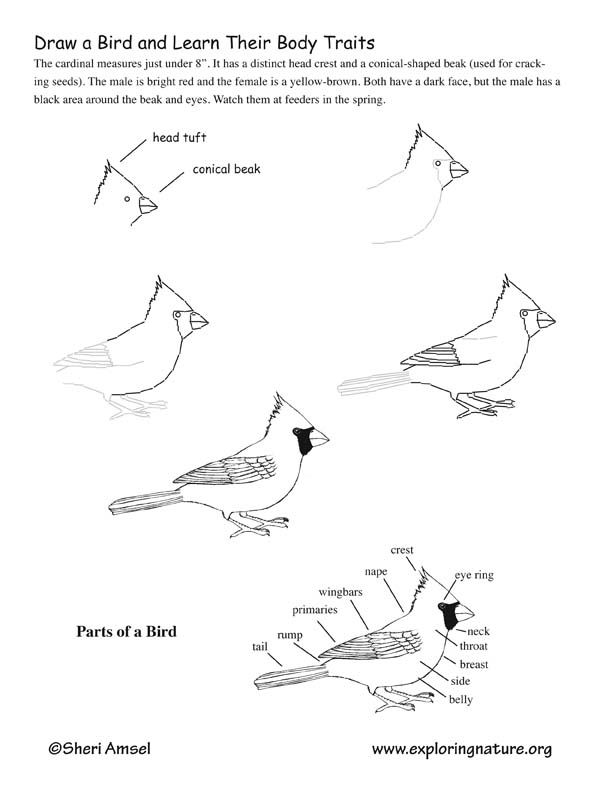 ”
”
And the crane man searches the marshes, finds the eggs and brings them home. He puts them in an incubator and sets the timer for 30 days - the time for hatching the chicks. He is terribly worried when he discovers that out of four eggs, one is not fertilized, and one has deteriorated; how a child rejoices when, the day before birth, the chick begins to squeak inside the shell. There is absolutely nothing new in his technique of breeding chicks, but it is still a wonderful sight: a man talks to an egg “pee-coo, pee-coo”, and the chick answers him from under the shell. And in another two hours, the newborn crane will enter this world and meet a strange black-haired dad without a beak.
This idyll has been repeated twenty times since 1970, but at first one catastrophe followed another. Takahashi did not yet know the secret to "intelligent incubation" of eggs they need to be turned every five hours, which is what real parents do in natural conditions. And the chicks themselves are extremely fragile. One day, an employee of the reserve came to work in the morning and found Takahashi sleeping on a chair in the "nursery" because he spent the whole night putting warm compresses on the legs of a crane who could not walk.
One day, an employee of the reserve came to work in the morning and found Takahashi sleeping on a chair in the "nursery" because he spent the whole night putting warm compresses on the legs of a crane who could not walk.
But now the time of the “children's” is coming to an end, and the most crucial period begins - you have to teach orphans to live like free birds. Apparently, it was at this moment that the soul of Ryoi Takahashi merges with the soul of a Japanese crane, living freely in the Kushirsky swamps. A man comprehended the bird language and managed to pass it on to orphaned chicks, without which they would have been forced to depend on their “daddy” all their lives. He teaches them to walk, eat and forage, make the sounds of a crane, he teaches them the art of dance, the main form of communication and courtship of cranes. This is a compulsory program that all the strange Takahashina schoolchildren go through and therefore every single day there are lessons. He talks to them, feeds them with a freshly caught fish, and serves it with tongs in the shape of a crane's beak, walks around with a funny gait, accompanied by curious students. And so the months go by. Chicks must be taught to beware of foxes, to recognize birds of prey. They need to be taught to fly! Classes at the flight school are usually conducted behind closed doors, but if at lunchtime a sweaty Ryoi appears in the bar of the reserve in sneakers and a shirt that has come out of his trousers, this means that he has just completed a lesson in the wild. He ran for hours through the fields, waving his arms, until the curious cranes running after him realized that if you do exactly the same, you will fly.
And so the months go by. Chicks must be taught to beware of foxes, to recognize birds of prey. They need to be taught to fly! Classes at the flight school are usually conducted behind closed doors, but if at lunchtime a sweaty Ryoi appears in the bar of the reserve in sneakers and a shirt that has come out of his trousers, this means that he has just completed a lesson in the wild. He ran for hours through the fields, waving his arms, until the curious cranes running after him realized that if you do exactly the same, you will fly.
Winter is coming again, and with it a relatively quiet time for Takahashi. The eggs have not yet been laid, and the incubator is resting under the film. The daily routine begins: the distribution of food twice a day, cleaning the territory, funny performances for tourists, which sometimes, very opportunely, are announced by an adopted son or daughter. But sometimes even in winter the routine is disturbed by amazing incidents. There was a case when the crane Hiro wanted to mate with Takahashi by all means.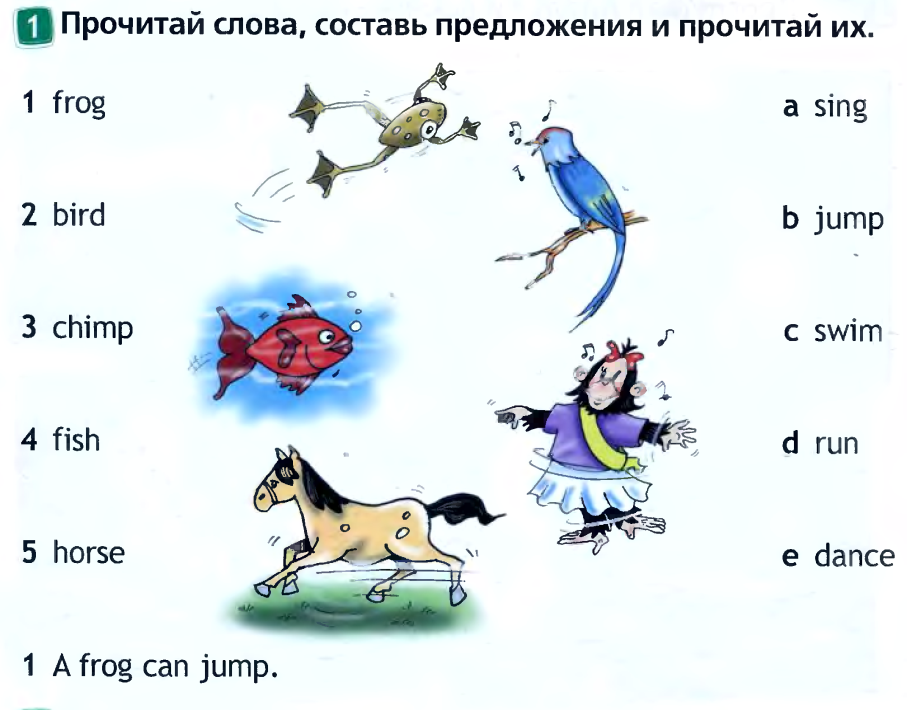 And once the Taro crane, the strongest and most cocky, made Ryoi a scandal and got into a fight. Takahashi was feeding fish to his pet Yitte and stroking her head with his free hand. Then Taro appeared, the legal spouse (the cranes form permanent pairs) - and well, peck. Takahashi ran, Taro followed him. I had to sit at home behind a locked door. Later, however, some fresh fish helped restore friendship.
And once the Taro crane, the strongest and most cocky, made Ryoi a scandal and got into a fight. Takahashi was feeding fish to his pet Yitte and stroking her head with his free hand. Then Taro appeared, the legal spouse (the cranes form permanent pairs) - and well, peck. Takahashi ran, Taro followed him. I had to sit at home behind a locked door. Later, however, some fresh fish helped restore friendship.
In October 1992, reporters came to the Kushirsky Nature Reserve, rang Takahashi's door for a long time, and searched for him all over the territory. He was absent. He went to the Obihiro Zoo, a hundred kilometers from Kushiro. I spent the whole day in front of a cage with a magnificent bird, whose head was decorated with a little red riding hood. It was Roku, a Japanese crane hatched in an incubator and raised by Takahashi fourteen years ago. Since that time, Ryoi has not seen him, and it was easy to recognize Roku by the scar on his right paw. They looked at each other for a long time in complete silence, then Ryoi whispered, "Kurrok, kurrok. " Surprised, Roku thought for a moment and suddenly, raising his head to the sky, answered with a loud greeting. There were no visitors, but an elderly zookeeper accidentally saw it. When telling this story, he always quietly added at the end: "If there is a person in the world who can fly, it is Ryoi Takahashi."
" Surprised, Roku thought for a moment and suddenly, raising his head to the sky, answered with a loud greeting. There were no visitors, but an elderly zookeeper accidentally saw it. When telling this story, he always quietly added at the end: "If there is a person in the world who can fly, it is Ryoi Takahashi."
Prepared by T.Arana based on Airone magazine
Main page | Federal Agency for Nationalities Affairs
Agency news
09 Dec 2022 12:16
The names of the winners of the competition for the VI All-Russian Public Prize for the Preservation of Linguistic Diversity "Keyword" have been announced
07 Dec 2022 12:04
Head of the FADN of Russia Igor Barinov paid a working visit to the Lugansk People's Republic
02 Dec 2022 12:08
An expanded meeting of the Permanent Commission of the Council under the President of the Russian Federation for Cossacks on the development of the state policy of the Russian Federation in relation to the Russian Cossacks was held
Regional news
09 Dec 2022 12:44
The ninth trip of the cultural and humanitarian action "Peoples Together - Through the Years" has ended
28 Nov 2022 02:29
The First Youth Arctic Delphic Games were held in the Komi Republic
08 Nov 2022 11:37
In the Tula region, a methodological seminar was held on the implementation of measures aimed at the sociocultural development of gypsies in places of their compact residence
Calendar of events
03
03. 11.2022
11.2022
“Large ethnographic dictation-2022”
9000October
10/09/2022
International Forum "Public-Private Partnership for the Sustainable Development of Indigenous Peoples" as part of the program of the Russian Chairmanship of the Arctic Council.
24
August
24.24.2022
Start of the qualifying stage of the All -Russian Youth Interethnic camp “Dialogue Cultures”
03
August
03.08.2022
Schedule of the second part of training seminars as part in the subjects of the Russian Federation”
01
August
01.08.2022
in Samara will be held the II All -Russian Forum “Unity in Consent”
05
June
05.06.2022 9000
International Grace Conference “World Blessings of Native Languages: Oblige and Single Environment . Context, policy and practice of preserving indigenous languages”
Context, policy and practice of preserving indigenous languages”
24.05.2022
0003
17
March
17.03.2022
An international seminar on the preservation and promotion of the languages of the indigenous peoples of the Arctic took place in St. the Orthodox Church and the Muslim clergy, who need to act as leaders, and not on the sidelines.
Veronika Krasheninnikova
It is necessary to work on creating in society an absolute rejection of the ideas of nationalism and extremism, to destroy myths and prejudices
Valery Tishkov
National unity is ensured not only in the sphere of self-awareness, but also in the sphere of mobility and communication links of citizens of one country.
Daria Zhenikhova
National identity is a brand. This is a treasure trove, a fantastic, yet unexplored territory in Russia with gigantic potential.


